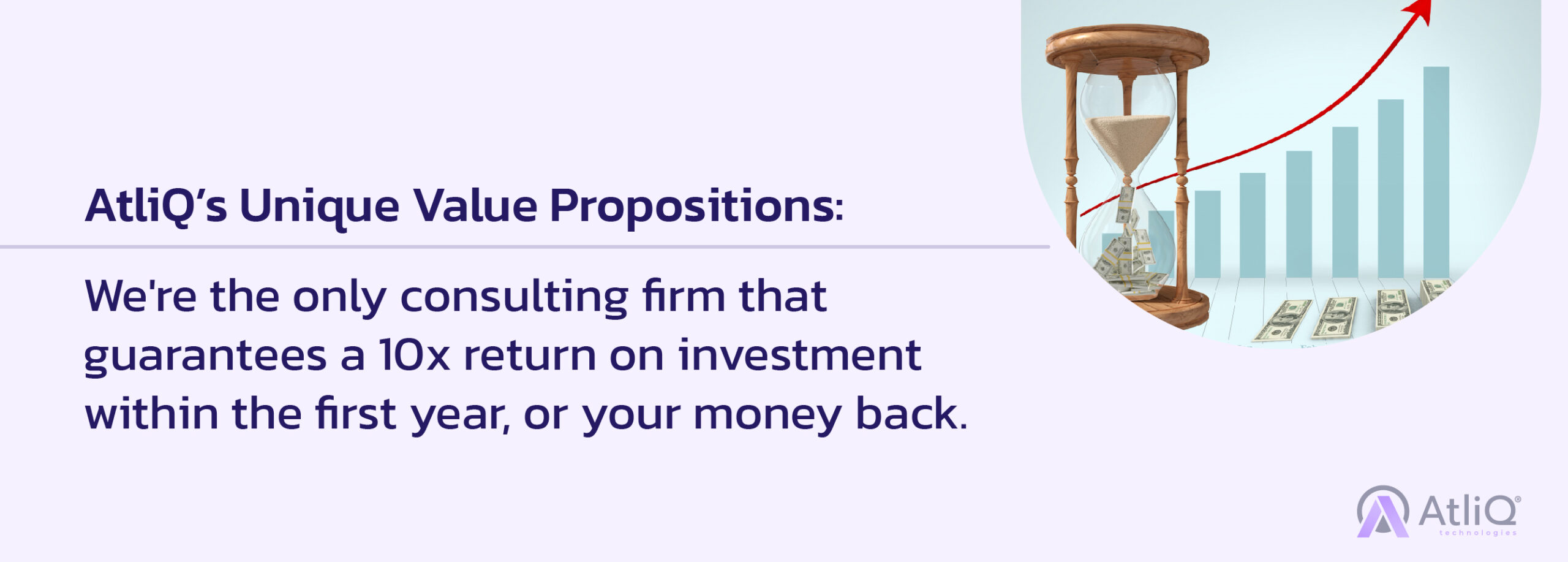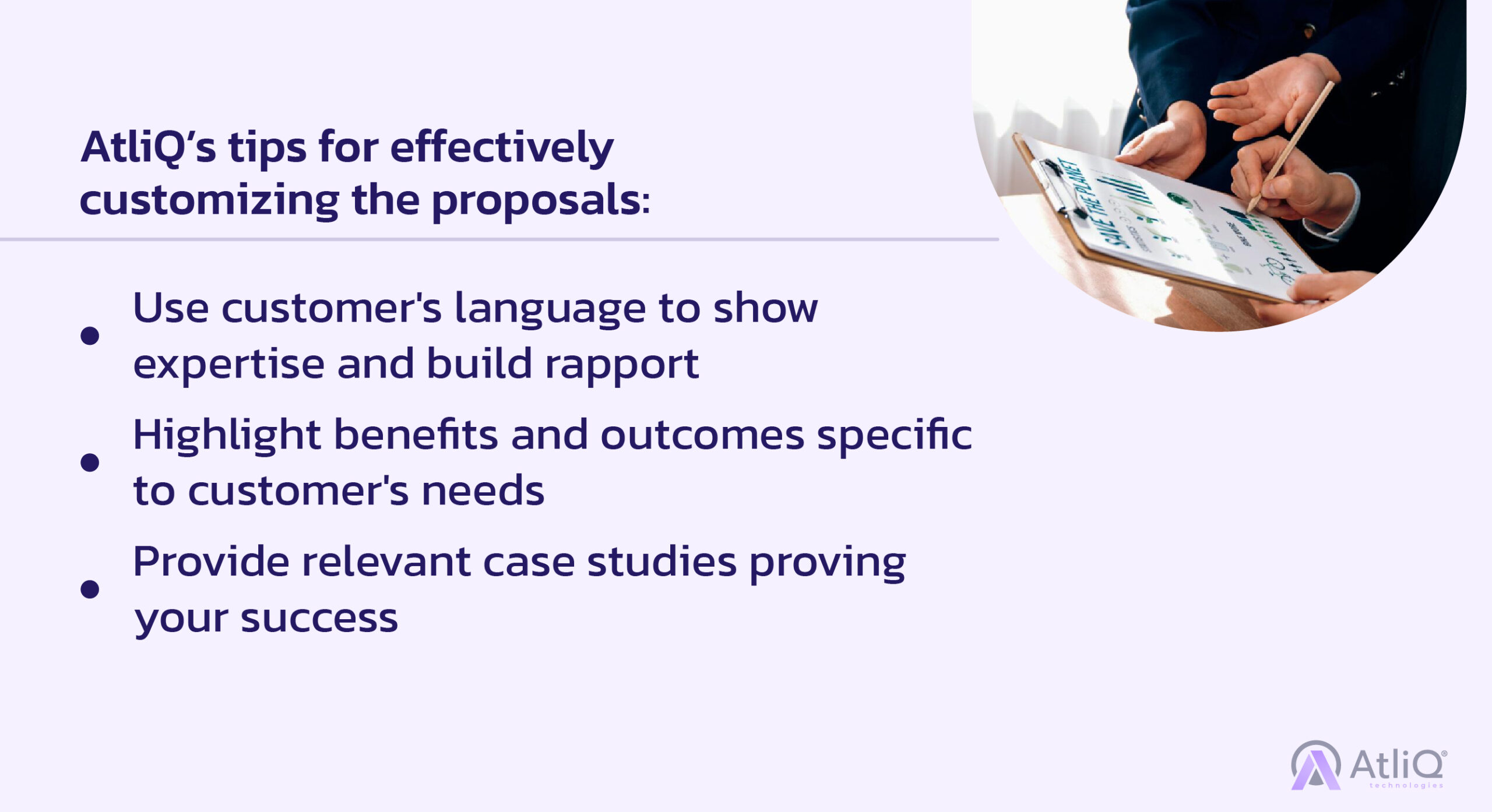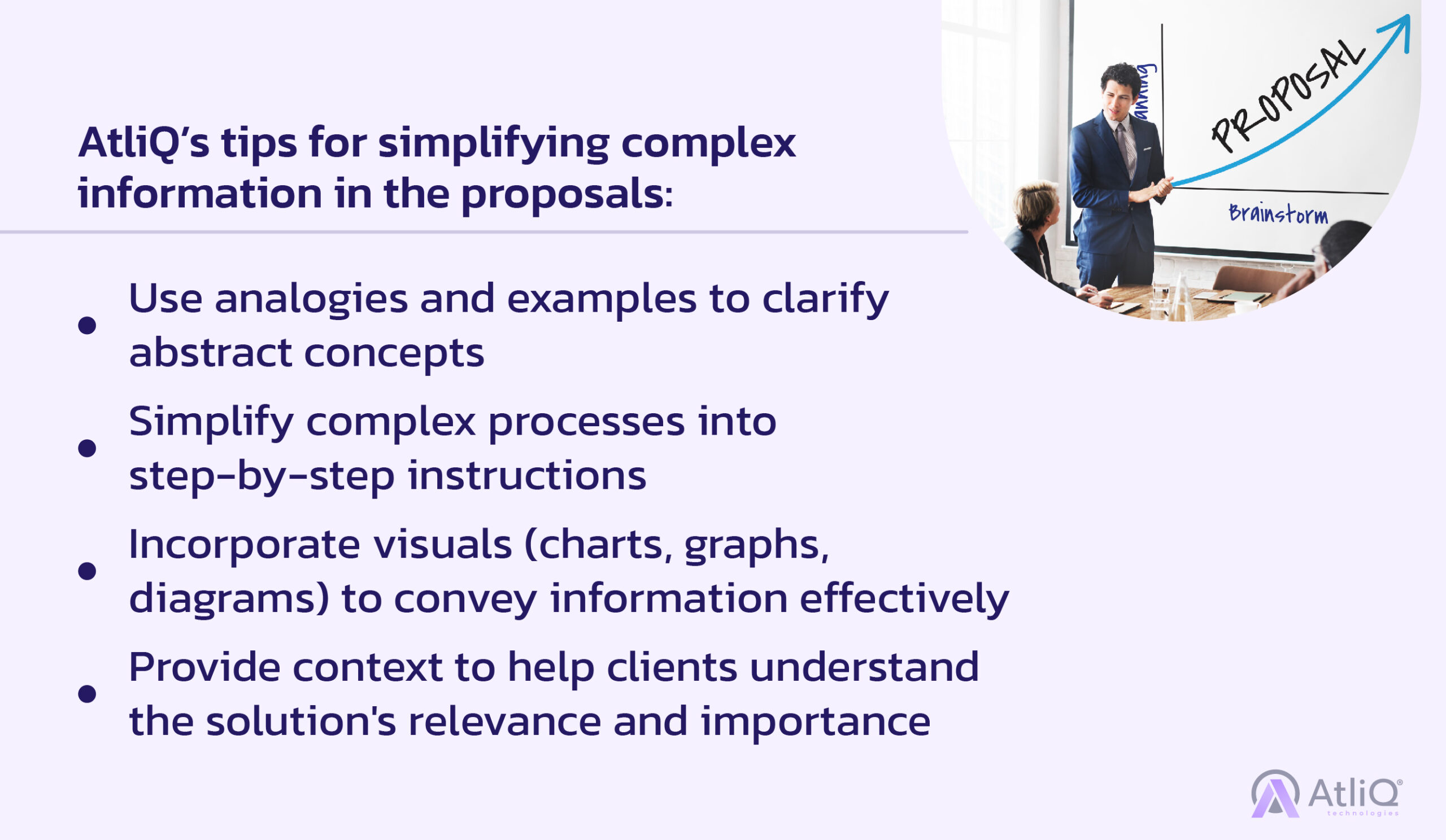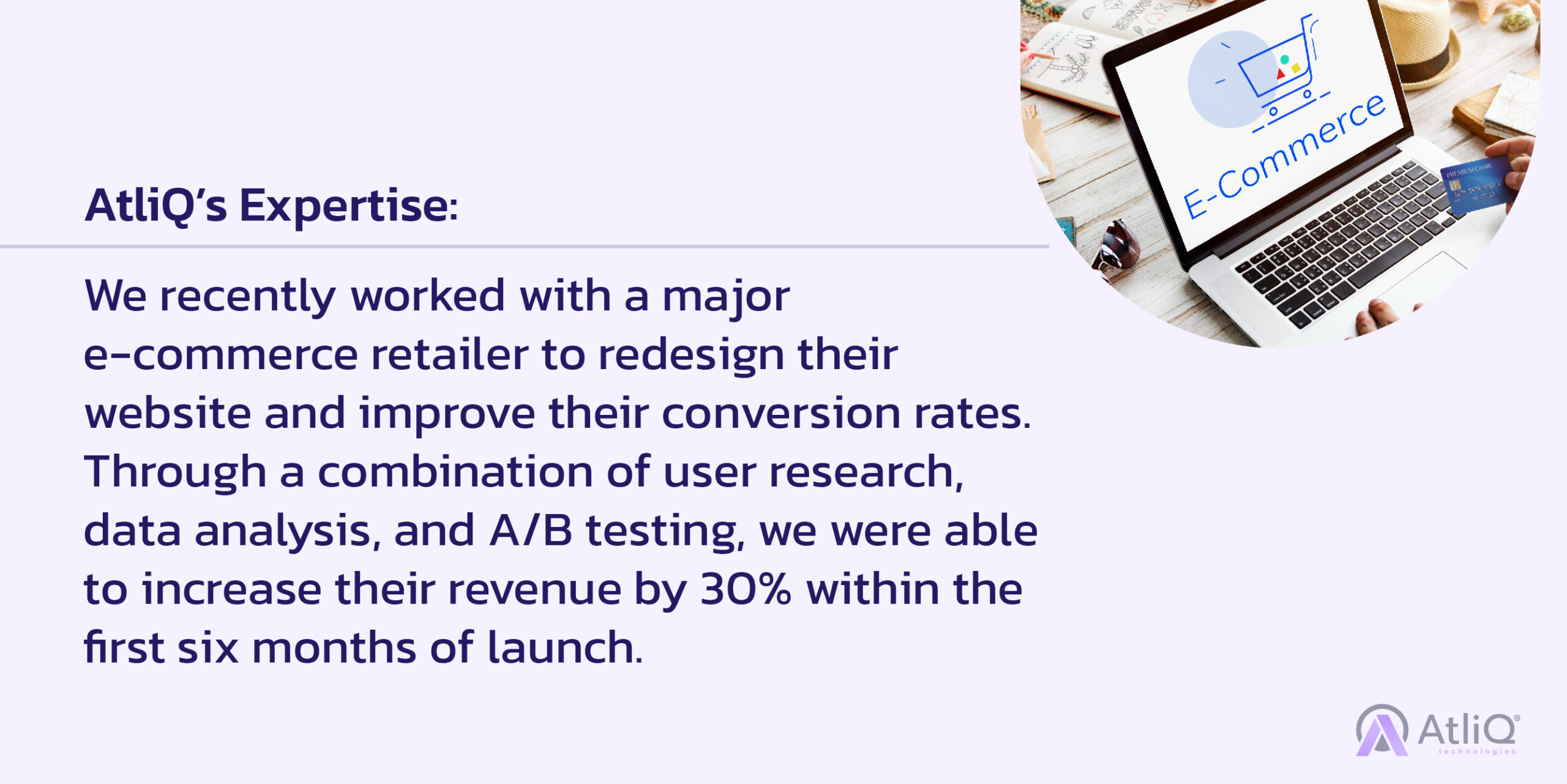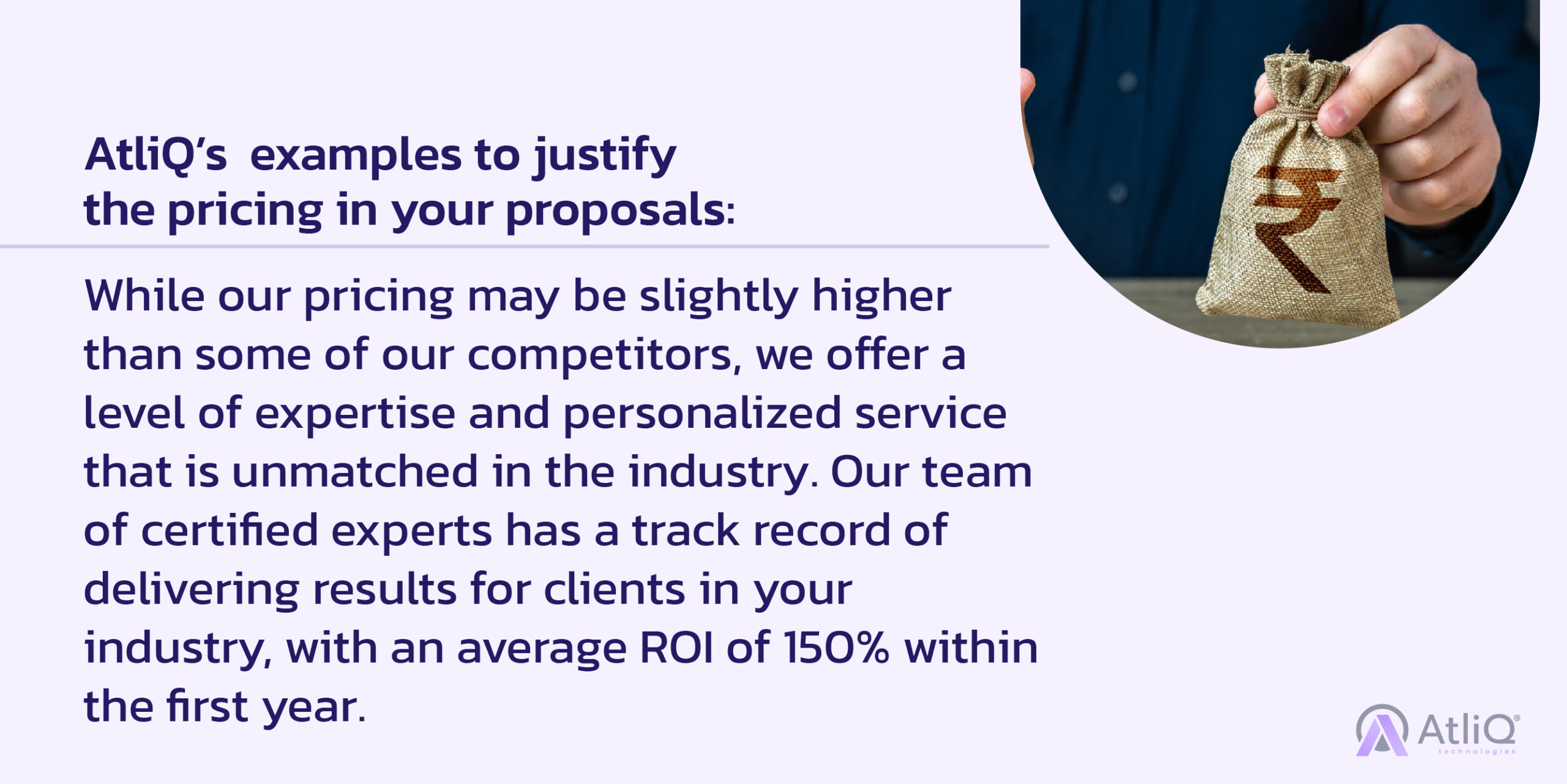
You’ve spent weeks perfecting your business proposal, pouring over every detail and crafting a compelling pitch. But as you look at the stack of proposals on your potential client’s desk, a sinking feeling sets in. How can you make yours stand out from the rest? In a world where attention is a precious commodity, how can you ensure that your proposal captures the spotlight and leaves a lasting impression?
But this isn’t just about creating a pretty proposal – it’s about understanding your customer’s needs, addressing their pain points, and demonstrating your unique value proposition in a way that sets you apart from the competition. By the end of this blog, you’ll have a roadmap to create proposals that don’t just get read, but get signed.
So grab a cup of coffee, settle in, and let’s unlock the secrets to crafting a proposal that will make your customers choose you over 100 others.
HERE ARE THE TOP REASONS HOW TO MAKE CUSTOMERS CHOOSE YOUR PROPOSAL OVER 100 OTHERS.
Unique Value Proposition: Your Secret Weapon to Stand Out
In the world of business proposals, having a strong unique value proposition (UVP) is like having a superpower. It’s the X-factor that sets you apart from the competition and makes your proposal irresistible to potential clients.
What is Unique Value Proposition?
At its core, a unique value proposition is a clear statement that describes the benefits you offer, how you solve your customer’s needs, and what distinguishes you from the competition. It’s not just about what you do, but why you do it better than anyone else. A compelling UVP should be concise, specific, and memorable, and it should communicate the unique value that you bring to the table.
How to Create a UVP That Will Make Your Proposal Stand Out?
Know your audience: Before you can craft a compelling UVP, you need to understand your target customer’s needs, pain points, and desires. What keeps them up at night? What are their biggest challenges? What do they value most in a solution? By answering these questions, you can create a UVP that speaks directly to their needs and resonates with their emotions.
Highlight your unique benefits: What makes your product, service, or approach different from everyone else’s? Do you have a proprietary technology, a unique methodology, or a track record of success that sets you apart? Your UVP should highlight the specific benefits that your customers will receive by choosing you over the competition.
Use clear, concise language: Your UVP should be easy to understand and remember, even for someone who isn’t an expert in your industry. Avoid jargon, buzzwords, and vague generalities, and focus on communicating your value in simple, straightforward terms.
Provide proof: It’s one thing to make bold claims about your value, but it’s another thing to back them up with evidence. Use case studies, testimonials, and data to demonstrate the real-world impact of your solution and give your UVP credibility.
Tailored Solution: The Key to Unlocking Your Customer’s Heart
In a world where one-size-fits-all solutions are becoming increasingly obsolete, the power of a tailored proposal cannot be overstated. When you take the time to understand your customer’s unique needs, challenges, and goals, you can craft a proposal that doesn’t just meet their expectations, but exceeds them in every way possible. The truth is, your customers don’t want a generic, off-the-shelf solution. They want a partner who understands their business, their industry, and their specific pain points. They want a proposal that speaks directly to their needs and offers a clear, compelling path forward. And that’s where a tailored solution comes in.
So, how can you create a proposal that is truly tailored to your customer’s needs?
Do your homework: Before you even start crafting your proposal, take the time to research your customer’s business, industry, and competitors. What are their biggest challenges? What are their goals and aspirations? What are the trends and opportunities shaping their market? By gaining a deep understanding of your customer’s context, you can create a proposal that is relevant, insightful, and valuable.
Ask the right questions: Don’t be afraid to ask your customer probing questions about their needs, preferences, and decision-making criteria. What are their top priorities? What are their deal-breakers? What do they value most in a solution? By gathering this information upfront, you can tailor your proposal to address their specific pain points and deliver maximum value.
Customize your approach: Once you have a clear understanding of your customer’s needs, it’s time to customize your proposal accordingly. This means tailoring your solution, your pricing, your timeline, and your deliverables to match their specific requirements. It also means using language, examples, and case studies that resonate with their industry and their unique challenges.
Anticipate objections: Every customer has their own set of concerns, doubts, and objections when it comes to choosing a solution. By anticipating these objections upfront and addressing them proactively in your proposal, you can demonstrate your expertise, build trust, and increase your chances of winning the business.
Clear and Concise Communication: The Art of Simplifying Your Proposal
When it comes to proposals, your potential clients don’t have the luxury of sifting through pages of convoluted jargon and complex technical details. They want a proposal that is clear, concise, and easy to understand – one that communicates your value proposition in a way that is both compelling and accessible. The truth is, the most effective proposals are often the simplest ones. By stripping away the clutter and focusing on the essential elements of your solution, you can create a proposal that is both memorable and persuasive. And that’s where clear and concise communication comes in.
So, how can you ensure that your proposal is a model of clarity and conciseness?
Start with a clear objective: Before you start writing your proposal, take the time to define your key objective. What is the main message you want to convey? What is the primary benefit you want to highlight? By starting with a clear focus, you can ensure that every element of your proposal works together to support your central goal.
Use simple, straightforward language: When it comes to proposals, jargon and technical terms can be a major turnoff for potential clients. Instead, use plain, straightforward language that is easy to understand and resonates with your target audience. Avoid long, complex sentences and opt for shorter, punchier phrases that get your point across quickly and effectively.
Prioritize your content: Not every detail of your solution needs to be included in your proposal. Instead, focus on the most important elements that directly address your client’s needs and pain points. Use headings, bullet points, and visual aids to break up your content and make it easy to scan and digest.
Edit ruthlessly: Once you’ve drafted your proposal, it’s time to put on your editing hat. Look for opportunities to cut out unnecessary words, simplify complex ideas, and streamline your content. Remember, less is often more when it comes to proposals – so be ruthless in your editing and focus on delivering your message with maximum impact.
Demonstrated Expertise: Proving Your Value Through Knowledge and Experience
Expertise is the ultimate differentiator. When you can demonstrate a deep understanding of your client’s industry, challenges, and opportunities, you position yourself as a trusted advisor and valuable partner – not just another vendor seeking a quick sale. But how exactly do you showcase your expertise in a way that sets you apart from the competition? The key is to focus on the unique knowledge, experience, and insights that you bring to the table – and to communicate that value in a way that is both compelling and authentic.
Here are a few strategies for demonstrating your expertise in your proposals:
Highlight your relevant experience: When it comes to expertise, there’s no substitute for real-world experience. Use your proposal to showcase the projects, clients, and industries you’ve worked with in the past, and how that experience directly relates to your client’s needs. Be specific about the challenges you’ve faced, the solutions you’ve developed, and the results you’ve achieved.
Share your unique insights: Expertise isn’t just about what you’ve done – it’s also about what you know. Use your proposal to share your unique insights and perspectives on your client’s industry, market trends, and best practices. Show that you have a deep understanding of the factors that drive success in their business, and that you’re constantly staying on top of the latest developments and innovations.
Provide thought leadership: One of the most powerful ways to demonstrate expertise is through thought leadership – the sharing of your unique ideas, opinions, and insights with a wider audience. Consider including links to your blog posts, whitepapers, or other content that showcases your thought leadership in your proposal. This not only demonstrates your expertise, but also helps to build your credibility and authority in your field.
Use case studies and testimonials: Nothing builds credibility like real-world results. Use case studies and testimonials from past clients to showcase the impact of your expertise and the value you’ve delivered. Be specific about the challenges your clients faced, the solutions you provided, and the measurable outcomes you achieved.
Competitive Pricing: Striking the Perfect Balance for Your Proposal
When it comes to winning new business, pricing is often the elephant in the room. On one hand, you want to offer competitive pricing that will make your proposal attractive to potential clients. On the other hand, you need to ensure that your pricing is profitable and sustainable for your business in the long run. Finding the right balance between these two competing priorities is essential for creating a winning proposal.
Strategies for developing competitive pricing that will help you win more business without sacrificing your bottom line:
- Understand your costs: Before you can develop competitive pricing, you need to have a clear understanding of your own costs. This includes not just the direct costs of delivering your products or services, but also your overhead expenses, such as rent, salaries, and marketing. By knowing your true costs, you can ensure that your pricing is both competitive and profitable.
- Research your competitors: To develop competitive pricing, you need to know what your competitors are charging for similar products or services. Conduct market research to gather data on your competitors’ pricing, as well as any discounts, promotions, or value-added services they offer. Use this information to benchmark your own pricing and identify areas where you can differentiate yourself.
- Focus on value, not just price: While price is certainly an important factor in the decision-making process, it’s not the only one. Many clients are willing to pay a premium for products or services that offer superior value, quality, or customer service. In your proposal, focus on communicating the unique value that you offer, and how it justifies your pricing.
- Be transparent and flexible: When it comes to pricing, transparency and flexibility can go a long way in building trust with potential clients. Be upfront about your pricing structure, including any additional fees or charges, and be willing to work with clients to find a pricing model that meets their needs and budget. Consider offering tiered pricing or volume discounts to make your services more accessible to a wider range of clients.
In today’s competitive business landscape, crafting a winning proposal is both an art and a science. By mastering the key elements of a compelling proposal – from developing a unique value proposition and tailoring your solution to your client’s specific needs, to communicating clearly and concisely and demonstrating your expertise – you can set yourself apart from the competition and win more business. But creating a winning proposal isn’t just about ticking boxes or following a formula. It’s about understanding your client’s needs, challenges, and goals, and developing a customized solution that delivers real value and measurable results. It’s about building trust, credibility, and authenticity through every aspect of your proposal, from your pricing and delivery to your thought leadership and customer service.
So whether you’re a seasoned proposal writer or just starting out, remember the key lessons from this blog post. Focus on your unique value proposition, tailor your solution to your client’s specific needs, communicate clearly and concisely, demonstrate your expertise, and develop competitive pricing that is both profitable and attractive to potential clients. By putting these strategies into practice, you can create proposals that don’t just win business – they build lasting relationships and drive long-term success.
